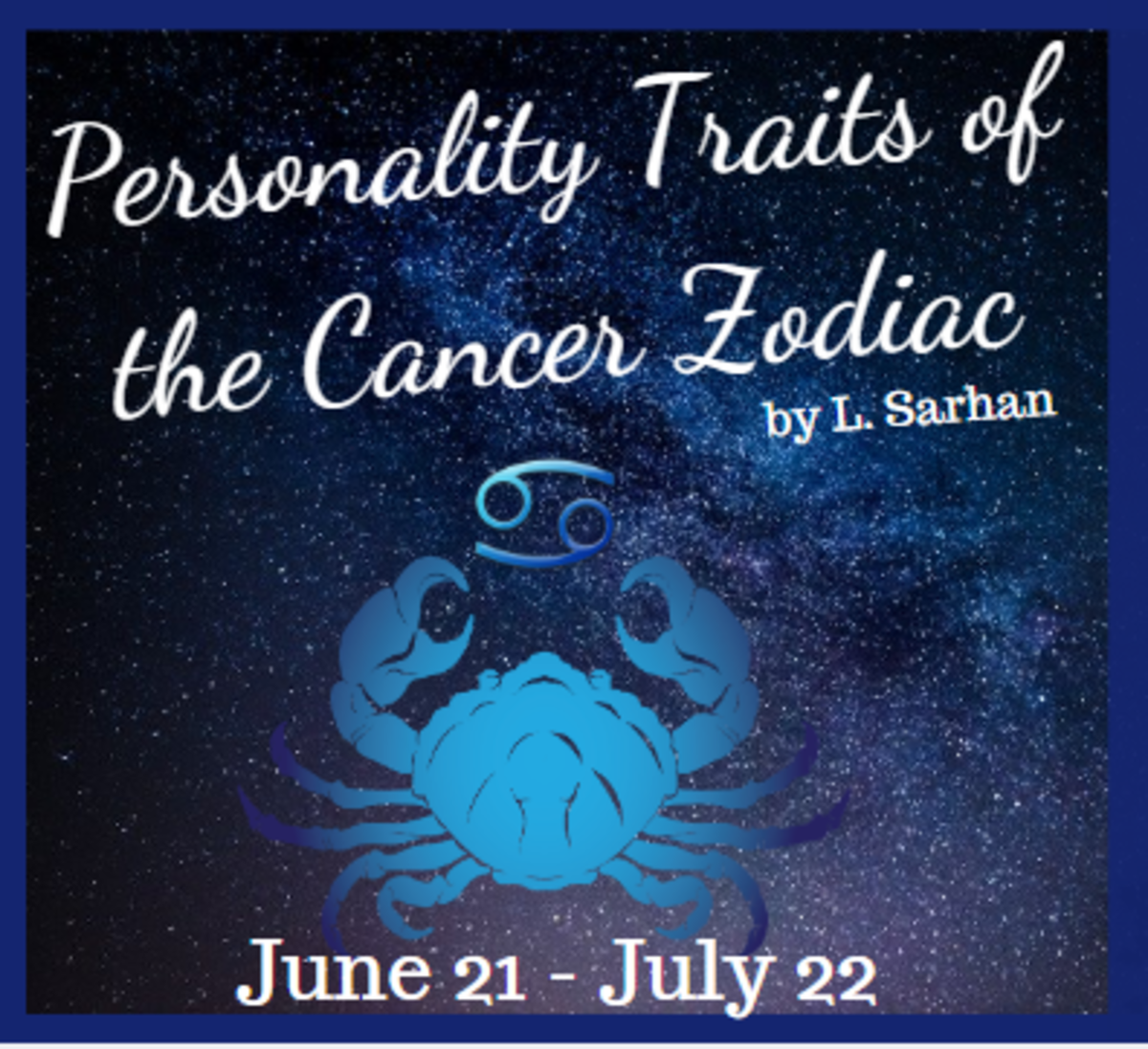Theories Explaining The Formation Of Romantic Relationships

The Similarity Model (Byrne, Clore and Smeaton)
This model essentially suggests that there are two stages that occur in the formation of relationships. The first stage is thought to be the stage where the individual seeking a partner will rule out people who are dissimilar to themselves (usually in personality and opinions/views). Then the person will subconsciously analyse and choose a partner who is the most similar to themselves. This model emphasises that the similarities between the potential partners are primarily personality and attitudes.
For example, a person who is very hard working and motivated will be more likely to seek a partner who is also hard working and motivated, as opposed to a partner who dismisses responsibilities and is laid back in terms of personality. Though this is not always the case it has been found that this theory is usually more prevalent between couples in long term relationships. For example Caspi and Herbener (1990) conducted a study wherein they found that married couples were more likely to be happy if they had similar personalities compared to married couples that were dissimilar.
Research has suggested that couples who are dissimilar in attitudes will display something referred to as 'attitude alignment' which is essentially where one or both people in the relationship will alter their attitudes so that they become more similar and thus the relationship can develop and progress easier.

Limitations And Criticisms of the Similarity Model
Some research, for example that of Singh and Tan, suggests that it is actually dissimilarity that is more important in the formation of relationships. They suggested that that the initial attraction to a potential partner is based on the similarity between their attitudes and personality, but then the more they get to know the person and the more dissimilarities they discover the less attracted they become to one and other. Basically they suggested that the dissimilarities are more important in the formation of a relationship and this is called the dissimilarity-repulsion hypothesis (Rosenbaum 1986).
It has been argued that similarity of personality and attitudes only play a small role in the formation of a relationship. Yoshida (1972) argued that similarity between other things such as economic level, physical condition and self-concept are things that play an equally as important role.

Reward/Need Satisfaction Theory
This theory revolves around the fact that most stimuli in a person's life will either be rewarding or punishing and people will try to seek out the rewarding stimuli and avoid the punishing stimuli. These 'rewarding' stimuli tend to reflect needs that we as humans have but are not currently met, an example of some of these needs could be the need for financial security or the need for company. Mutual attraction between two people occurs when both partners meet the other partner's needs. Operant conditioning suggests that we are likely to repeat a behaviour that brings about a reward or a positive outcome and try to avoid those that lead to punishment or negative outcomes. This concept can be applied to the formation of relationships. If a potential partner meets the need of an individual (for example, they give the person financial stability and that was the person's need) then this will produce positive feelings that will then be associated with that person. Likewise if a person's need was love and their potential partner did not provide that it would cause negative feelings and thus negative association with that person. Essentially the theory suggests that if the presence of a person causes positive feelings then we will more likely be attracted to that person due to positive reinforcement.
Limitations and Criticisms of the Reward/Need Satisfaction Theory
It has been argued that it is not only having your own needs fulfilled that provides positive feelings (and therefore reinforcement) but also fulfilling the needs of the partner. Hays (1985) found that people gained satisfaction from giving as well as receiving and this is something that the theory does not really explore.
It has also been argued that the theory does not account for cultural differences. For example Lott showed that in a lot of cultures women are more focused on satisfying the needs of others rather then directly receiving reinforcement from their needs being fulfilled and therefore the theory does not really apply to them.








